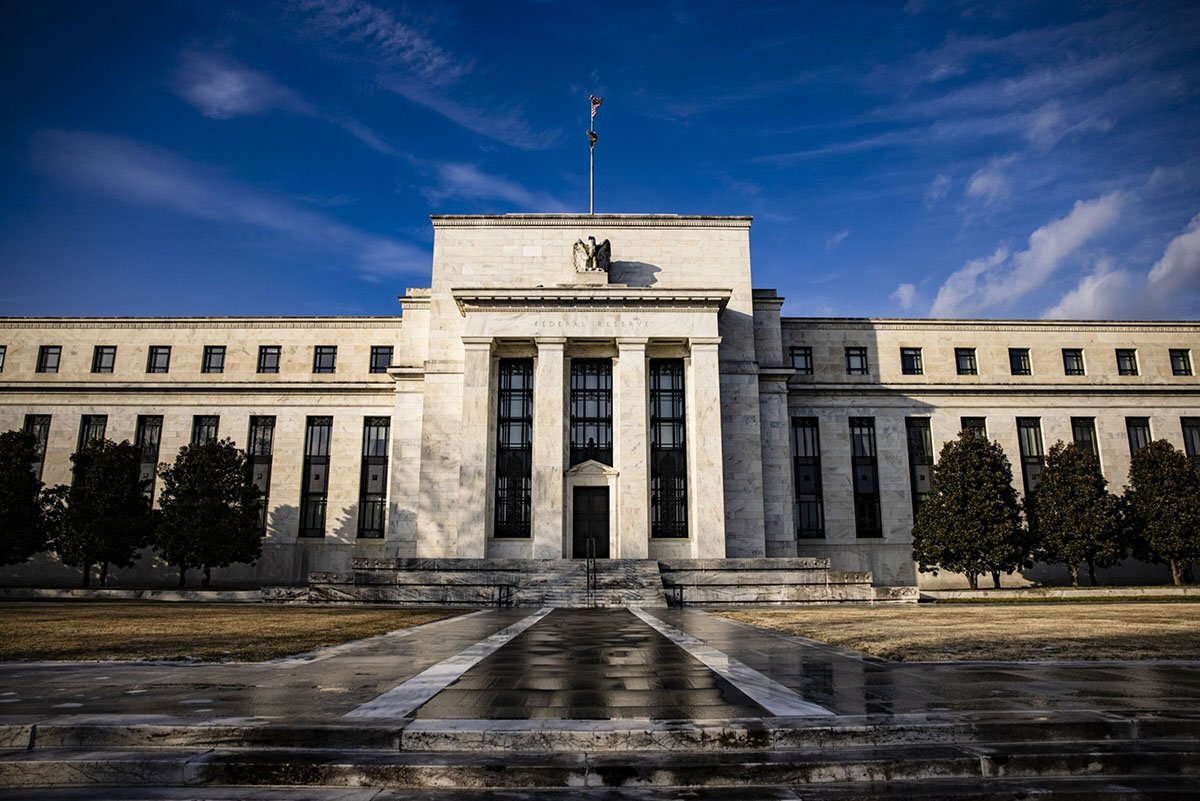Jerome Powell laid out a doctrine of basing monetary policy as much on how the economy performs in reality as on the prescriptions of academic models as his Federal Reserve tries to extend a nearly decade-long expansion.
In his first speech as Fed chief at an annual conference in Jackson Hole, Wyoming, Powell defended his gradualist approach and, in the process, hardened expectations for a September interest-rate increase. In addition, he stressed that estimates of how the economy works—like those followed by Ph.D. economists on the Fed staff—were at best “hazy” navigational guides.
As a result, they often need to be tested by close observation of real economic data. The approach means that because policymakers often operate amid uncertainty, they need to feel their way rather than rush to tighten because of what models say. The Fed's job is set to become more complicated as its benchmark rate turns restrictive and the expansion ages.
Complete your profile to continue reading and get FREE access to Treasury & Risk, part of your ALM digital membership.
Your access to unlimited Treasury & Risk content isn’t changing.
Once you are an ALM digital member, you’ll receive:
- Critical Treasury & Risk information including in-depth analysis of treasury and finance best practices, case studies with corporate innovators, informative newsletters, educational webcasts and videos, and resources from industry leaders.
- Exclusive discounts on ALM and Treasury & Risk events.
- Access to other award-winning ALM websites including PropertyCasualty360.com and Law.com.
*May exclude premium content
Already have an account? Sign In
© 2024 ALM Global, LLC, All Rights Reserved. Request academic re-use from www.copyright.com. All other uses, submit a request to [email protected]. For more information visit Asset & Logo Licensing.








